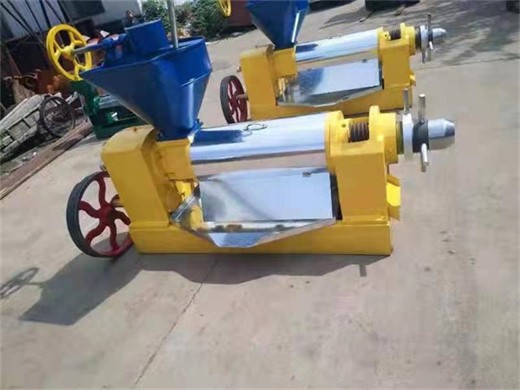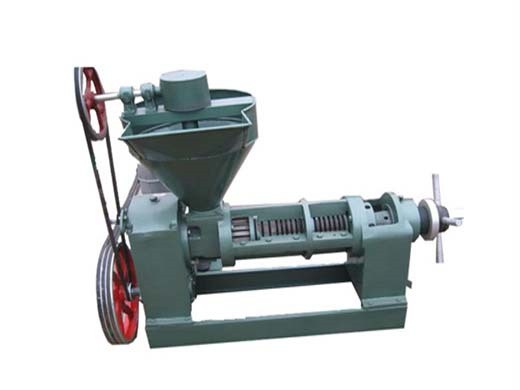hexane solvent oil extraction – definition glossary from Benin
Hexane solvent oil extraction Definition, Glossary
Hexane solvent oil extraction Definition, Glossary, Details Oilgae Solvent Extraction is a process which involves extracting oil from oil-bearing materials by treating it with a low boiler solvent as opposed to extracting the oils by mechanical pressing methods (such as expellers, hydraulic presses, etc.)
Hexane Extraction Definition, Glossary, Details Oilgae Algal oil can be extracted using chemicals. Benzene and ether have been used, but a popular chemical for solvent extraction is hexane, which is relatively inexpensive. The downside to using solvents for oil extraction are the inherent dangers involved in working with the chemicals.
A Short Guide to Extraction Techniques and Aromatic
"The term aroma extraction refers to the extraction of aromatic compounds from raw materials, using methods such as distillation, solvent extraction, expression or enfleurage.." The world of aromatic essences is a rich and entangled one. On the one hand, the varied and intricate methods and products derived from natural materials. On the other, the many chemically-produced essences
Hexane extraction is a form of oil extraction that uses the chemical solvent hexane and evaporation to pull the oils from various oil seeds, fruits, nuts, and olives to create cooking oils. There are several different processes that are used to extract oil that involve pressing or squeezing to extract, but hexane extraction is much faster and
Eco Link Why Is Hexane Used for Extraction? Buy Hexane
Mar 30, 2024· Hexane is a chemical solvent that presents as a clear, odorless liquid that has a high evaporation rate and low boiling point, which makes hexane an ideal chemical for extraction. In addition to having the ideal properties for extraction hexane also produces no toxic fumes which is preferred for the safety of the user.
coconut oil uses hexane as solvent to extract up to 10% more oil from just using rotary mills and expellers. Many health organizations advice against the consumption of high saturated fat [5,6] . Coconut oil is commonly used in cooking, it has been tested for use as a feedstock for biodiesel and can also be
OIL AND GREASE in WATER by HEXANE EXTRACTION AND
The ratio of solvent to sample should be no less than 1:20, i.e. 50 mL of hexane (per extraction) per 1 L of sample. The solvent extracts are passed through a drying funnel containing anhydrous sodium sulfate and combined together. Emulsions frequently occur during the extraction of many oil
different from n-hexane especially the energy required for solvent evaporation. Selection of MeTHF The extraction of rapeseed oil from press cake was conducted with n-hexane and MeTHF. Using MeTHF improves by 3.5 times the internal diffusion of oil, and allows at least a faster extraction than with hexane. The entire process using MeTHF would
Kembara Insan/Engineer's Blog: November 2015
Hexane solvent oil extraction Definition, Glossary, Details OilgaeSolvent Extraction is a process which involves extracting oil from oil-bearing materials by treating it with a low boiler solvent as opposed to extracting the oils by mechanical pressing methods (such as expellers, hydraulic presses, etc.)
Hexane is a chemical commonly extracted from petroleum and crude oil. It is a colorless liquid that gives off a subtle, gasoline-like odor. Hexane is highly flammable, yet it can be found in many household products such as stain removers for arts and crafts projects.
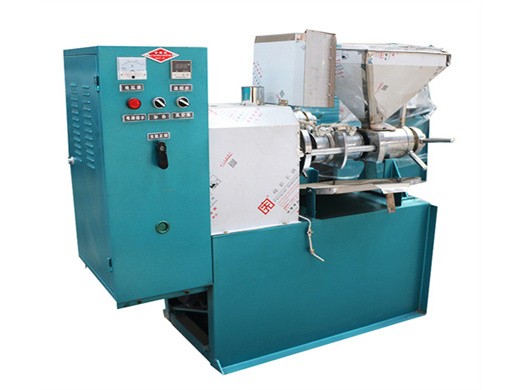
Glossary|Japan Oilseed Processors Association oil.or.jp
This process is known as "compression." These lees contain a large amount of oil, and the process of eluting oil using solvents (n-hexane) is called "extraction." In the case of soybeans and other raw materials with a small amount of oil, only the extraction process is
Get Price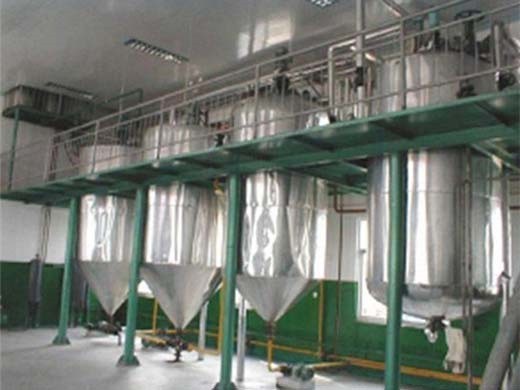
Glossary of Terms Fragrances Luckyscent
Solvent Extraction. The most common method for extracting fragrance from natural materials, solvent extraction consists of submerging/macerating the raw material in a chemical solvent (such as hexane) and then vacuum-separating the now extracted fragrant material from the solvent.
Get Price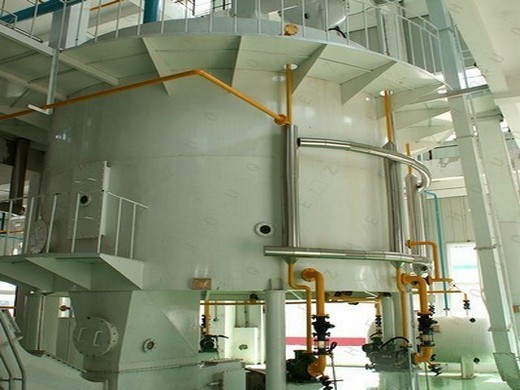
Aromatherapy Glossary Aromatherapy Terms Defined
Another method of extraction is solvent extraction, which is used on delicate plants. It yields a higher amount of oil at a lower cost. In this process, a chemical solvent is used to saturate the plant material and pull out the aromatic compounds. This renders a substance called a concrete.
Get Price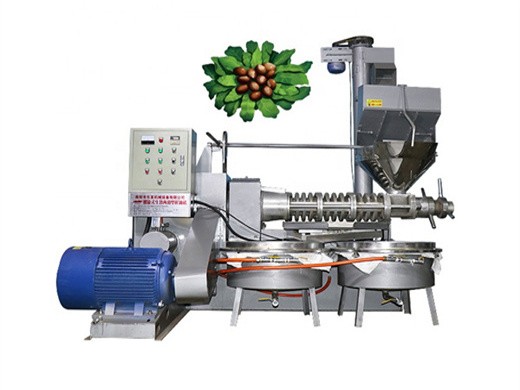
Effect of extraction techniques on the quality of coconut oil
coconut by solvent extraction using n-hexane in a Soxhlet apparatus (Buchi E-816, Flawil, Switzerland). Thermal cycle was done at 80°C for 8 h. Solvent was recovered using a rotary evaporator at 40°C under vacuum (Ixtaina et al., 2011). Solvent extracted oil was refined according to Canapi et al. (2005). The
Get Price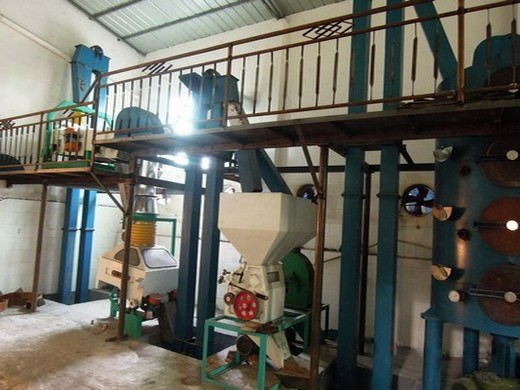
Refinery Solvents Prices, Markets & Analysis ICIS
About Hexane. Hexane is a solvent, mainly used in vegetable oil extraction, low temperature thermometers, calibrations, polymerisation reaction medium, paint diluent and alcohol denaturant. Hexane is a flammable, colourless, volatile liquid and has a faint odour. It is a light solvent that is easily removed from the edible oil and can be recycled.
Get Price
Oil content analysis: myths and reality
Thin-layer chromatogram of neutral lipids from first, second, and third extracts using the FOSFA method on three different extractors. Solvent system: hexane/diethyl ether/acetic acid (80/20/2).
Get Price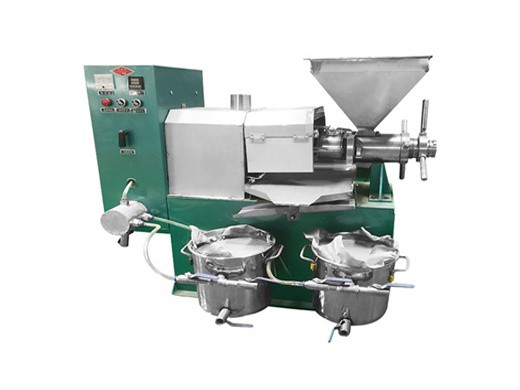
N-Hexane Market Size, Share, Analysis, Outlook, Report
The global n-hexane market attained a volume of 2.75 million tons in 2024 driven by the rising use of the product in vegetable oil extraction. Aided by the growing adoption of the product in the pharmaceutical industry for shaping pill and tablets, the industry is expected to witness a further growth in the forecast period of 2024-2026, growing
Get Price
Global N-Hexane Market Segment Outlook, Market Assessment
The report on Global N-Hexane Market offers in-depth analysis on market trends, drivers, restraints, opportunities etc. Along with qualitative information, this report include the quantitative analysis of various segments in terms of market share, growth, opportunity analysis, market value, etc. for the forecast years.
Get Price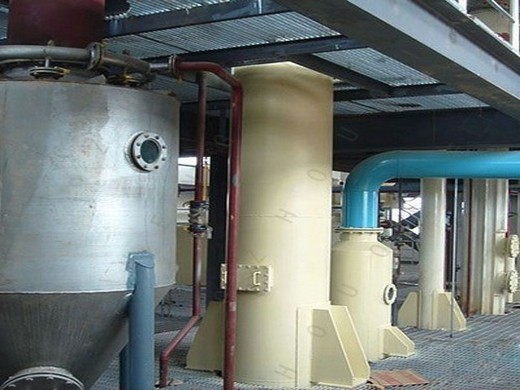
Hexane Market Research Report Global Forecast to 2027
Hexane production is entirely dependent on crude oil availability. Since it is majorly produced by refining and reforming the crude oil. It has major applications in the formulation of glues and adhesives. Furthermore, it acts as a solvent extraction agent due to its immiscible properties in many industries.
Get Price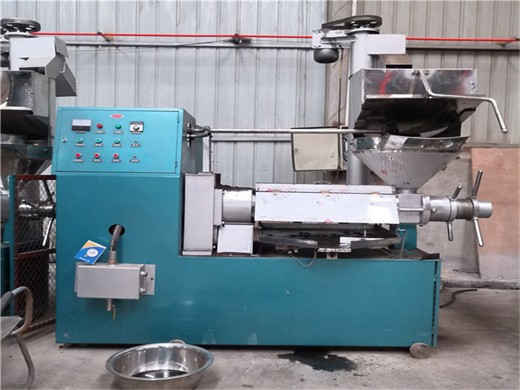
Types of plant oils : definition of Types of plant oils
In modern vegetable oil production, oils are usually extracted chemically, using a solvent such as hexane. Chemical extraction is cheaper and more efficient than mechanical extraction, at a large scale, leaving only 0.5-0.7% of the oil in the plant solids, as compared to 6-14% for mechanical extraction.
Get Price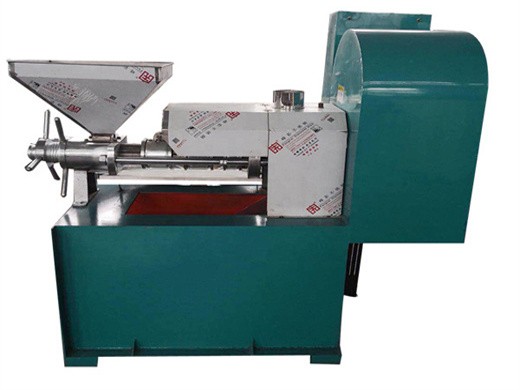
n-Hexane Market by Grade, Application, Region, Global
n-Hexane is a cost-effective solvent which is odourless and colourless. Production of n-Hexane is majorly dependent on crude oil. It is used in the formation of adhesives and glues. It is classified into two forms, such as solvent-based hexane and pure based hexane. Pure based hexane is found its applications in the laboratories.
Get Price
Method 1664, Revision B: n-Hexane Extractable Material
The term “n-Hexane Extractable Material (HEM; Oil and Grease)” reflects the material extracted by n-hexane as that which is being measured using Method 1664 and that the common name “oil and grease” is being retained because of its familiarity to the analytical community. The term “Silica-gel Treated n-
Get Price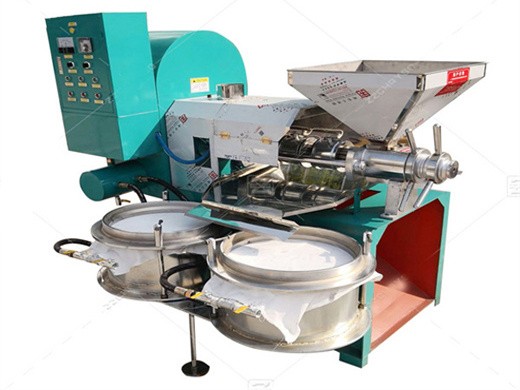
Glossary of Terms Fragrances Luckyscent
Solvent Extraction. The most common method for extracting fragrance from natural materials, solvent extraction consists of submerging/macerating the raw material in a chemical solvent (such as hexane) and then vacuum-separating the now extracted fragrant material from the solvent.
Get Price
Glossary|Japan Oilseed Processors Association oil.or.jp
This process is known as "compression." These lees contain a large amount of oil, and the process of eluting oil using solvents (n-hexane) is called "extraction." In the case of soybeans and other raw materials with a small amount of oil, only the extraction process is
Get Price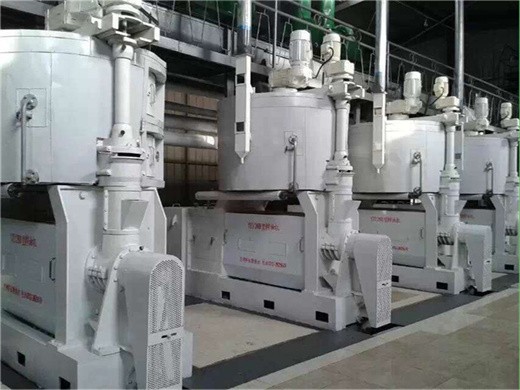
Oil content analysis: myths and reality
Thin-layer chromatogram of neutral lipids from first, second, and third extracts using the FOSFA method on three different extractors. Solvent system: hexane/diethyl ether/acetic acid (80/20/2).
Get Price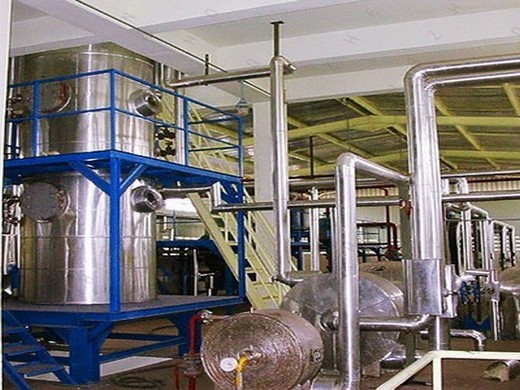
n-Hexane Market by Grade, Application, Region, Global
n-Hexane is a cost-effective solvent which is odourless and colourless. Production of n-Hexane is majorly dependent on crude oil. It is used in the formation of adhesives and glues. It is classified into two forms, such as solvent-based hexane and pure based hexane. Pure based hexane is found its applications in the laboratories.
Get Price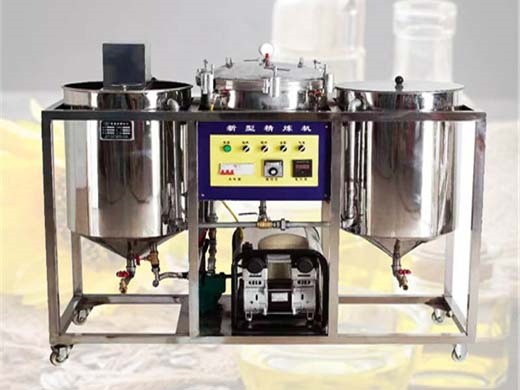
Some Physicochemical Properties of Cashew Nut (Anacardium
of the oil palm fruit (6). Solvent extraction is the commonly used commercial technique to recover oil from oil seeds. Presently, hexane is the preferred solvent throughout the world due to its extraction efficiency and ease of availability, yet hexane has been categorized as
Get Price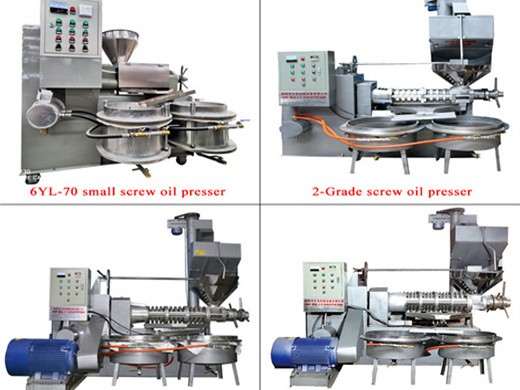
Effect of extraction techniques on the quality of coconut oil
coconut by solvent extraction using n-hexane in a Soxhlet apparatus (Buchi E-816, Flawil, Switzerland). Thermal cycle was done at 80°C for 8 h. Solvent was recovered using a rotary evaporator at 40°C under vacuum (Ixtaina et al., 2011). Solvent extracted oil was refined according to Canapi et al. (2005). The
Get Price
Types of plant oils : definition of Types of plant oils
In modern vegetable oil production, oils are usually extracted chemically, using a solvent such as hexane. Chemical extraction is cheaper and more efficient than mechanical extraction, at a large scale, leaving only 0.5-0.7% of the oil in the plant solids, as compared to 6-14% for mechanical extraction.
Get Price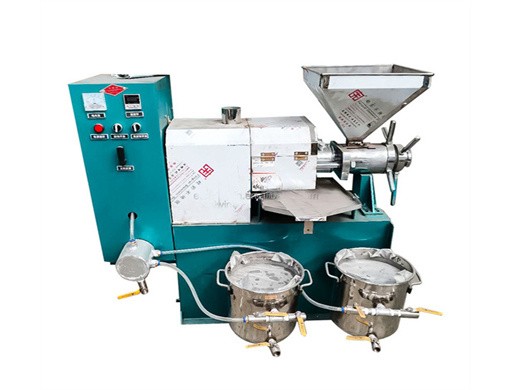
the method of extraction of iron
Total Cereal Iron Extraction ExperimentIn this science experiment we will extract the iron from Total breakfast cereal using a super strong neodymium magnet. Indeed there is actual metal in it,&the method of extraction of iron
Get Price
Recent advances in extraction of bioactive compounds
Solvent extraction with hexane (Ikhsanov et al., 2024), petroleum ether (Mulyadia et al., 2013) to nicotine, while acetic acid–methanol solvent extraction was less selective and obtained different alkaloids and carbohydrates (Troje et al., 1997). There is a tendency to reduce the use of conventional organic solvents, as they are often harmful
Get Price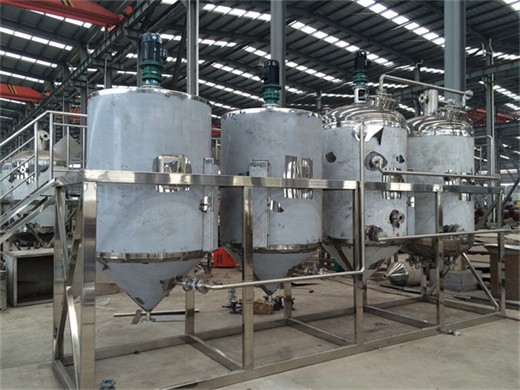
Wikizero Types of plant oils
In modern vegetable oil production, oils are usually extracted chemically, using a solvent such as hexane. Chemical extraction is cheaper and more efficient than mechanical extraction, at a large scale, leaving only 0.5–0.7% of the oil in the plant solids, as compared to 6–14% for mechanical extraction.
Get Price
ANALYSIS OF BUSH PEAR AND IT'S OIL
Then the dried sample was pulverized by using hammer mill and the oil was extracted by solvent extraction using n-hexane. The oil extracted were analyzed for the chemical properties i.e. (Acid value, saponification value, peroxide value, iodine value) etc. the values obtained are respectively 8.41gm/KOH/gm, 185.1gm/KOH/gm, 2.8gm/KOH/gm 3.96gm
Get Price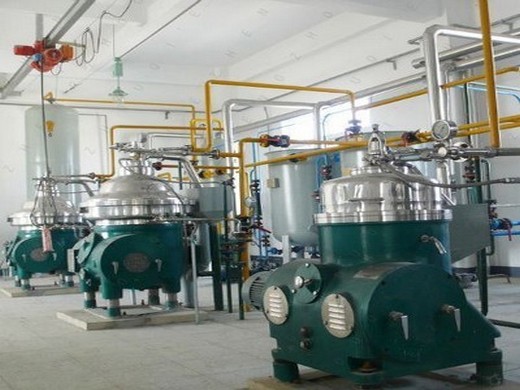
Comparison of Different Solvents for Phytochemical
Using methanol as an extraction solvent results in the maximum flavonoid extraction with 16.48±0.22 mg of quercetin equivalent/100 g of extract followed by acetone, hexane and distilled water with 8.93±0.21, 6.04±0.89 and 3.6±0.20 mg of quercetin equivalent/100 g of extract, respectively.
Get Price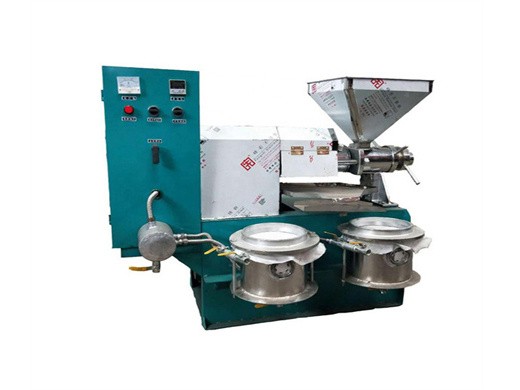
Method 1664, Revision B: n-Hexane Extractable Material
The term “n-Hexane Extractable Material (HEM; Oil and Grease)” reflects the material extracted by n-hexane as that which is being measured using Method 1664 and that the common name “oil and grease” is being retained because of its familiarity to the analytical community. The term “Silica-gel Treated n-
Get Price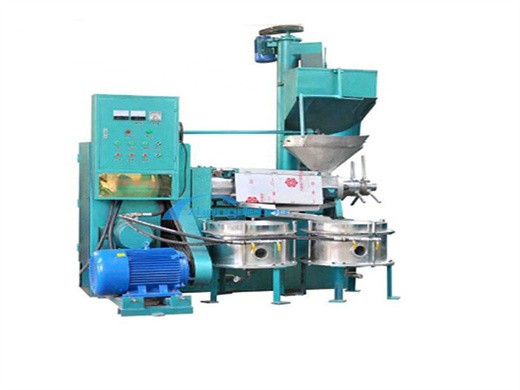
Analytical Method Guidance for EPA Method 1664A
Method 1664A also uses «-hexane as the extraction solvent. Subjects Addressed in this Guidance: Phase-out of production and cessation of import of ozone-depleting substances (ODSs), including CFCs. The Montreal Protocol allows limited production of CFCs for
Get Price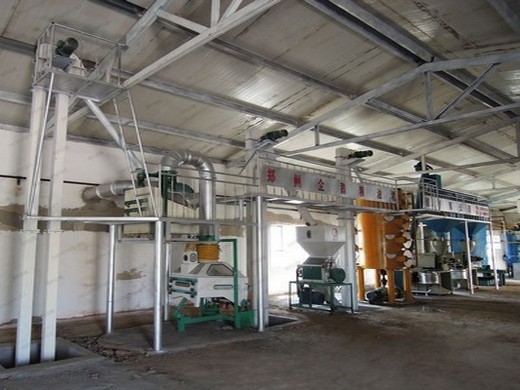
Glossary|Japan Oilseed Processors Association oil.or.jp
This process is known as "compression." These lees contain a large amount of oil, and the process of eluting oil using solvents (n-hexane) is called "extraction." In the case of soybeans and other raw materials with a small amount of oil, only the extraction process is
Get Price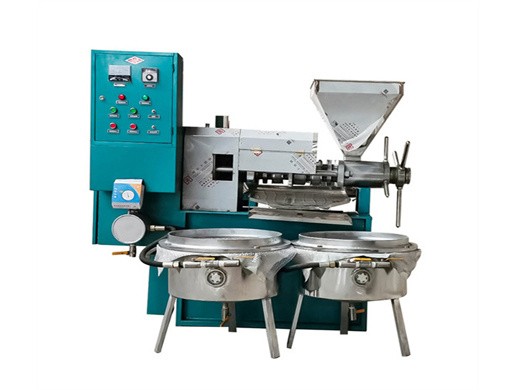
Effect of extraction techniques on the quality of coconut oil
coconut by solvent extraction using n-hexane in a Soxhlet apparatus (Buchi E-816, Flawil, Switzerland). Thermal cycle was done at 80°C for 8 h. Solvent was recovered using a rotary evaporator at 40°C under vacuum (Ixtaina et al., 2011). Solvent extracted oil was refined according to Canapi et al. (2005). The
Get Price
